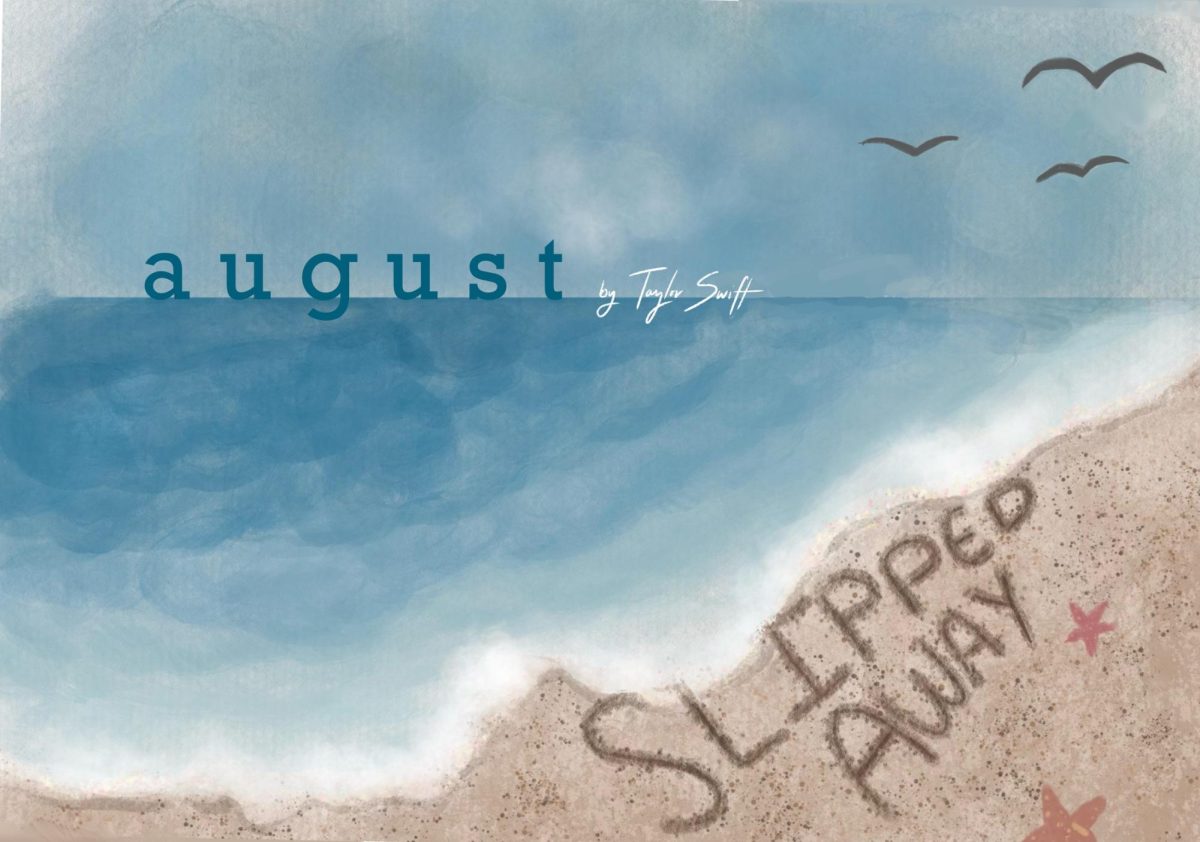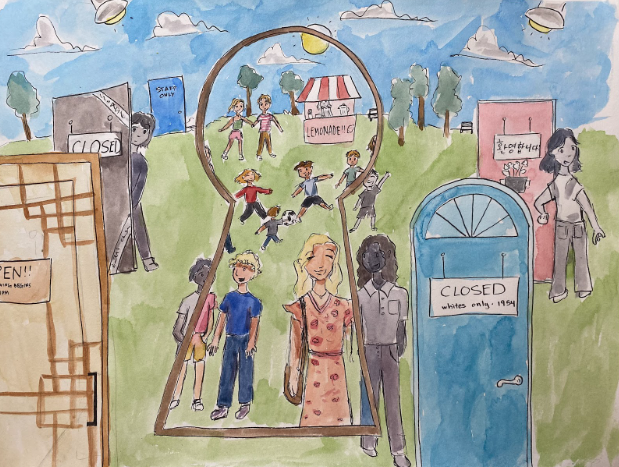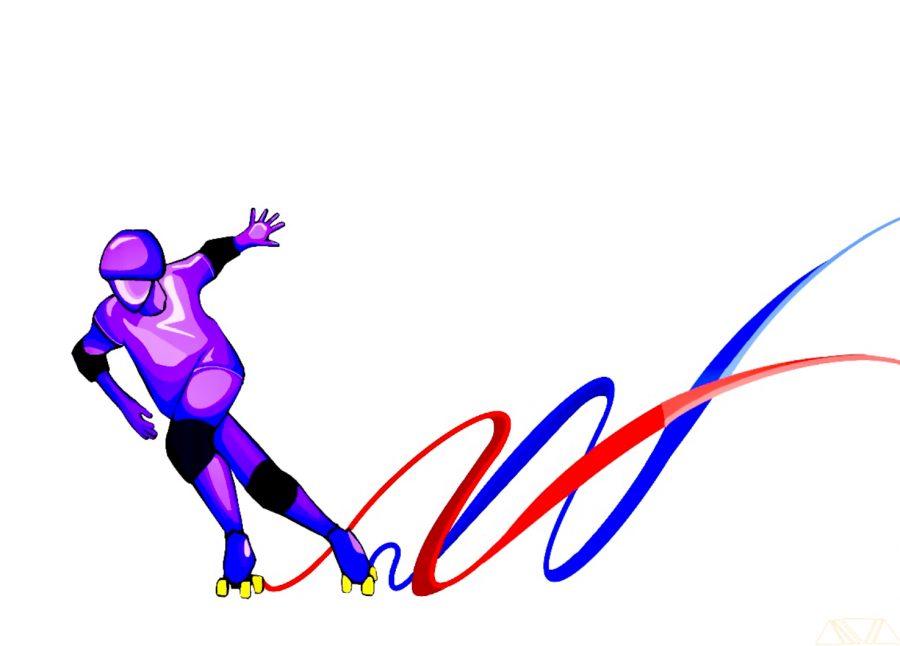Have you ever wondered why giraffes have such a long neck? Well, soon you may not even be able to know. Giraffes are slowly go down in numbers. All of the giraffe populations in Africa have declined by 30 percent. There are four species of giraffes and two of theses species have two and three subspecies.
Giraffes are incredibly understudied due to how obvious they are. They are great indicators of health for the savanna because their diet consists of the leaves on the trees. Giraffes mostly eat from the acacia tree, and a healthy giraffe population means there is a healthy acacia woodland.
Many people do not realize giraffes are endangered. Many will go on a safari and see plenty of giraffes, thinking they are actually doing fine, but those are only the parks. With overhunting and habitat conversion the giraffes have come to rely on these parks.
One species of giraffe is the Masai giraffe. There are only about 32,500 individuals in the Masai giraffe population still in the wild. You can find Masai giraffes in southern Kenya and throughout Tanzania. The Masai giraffes are darker and their spots are large, dark brown with a distinctive vine leaf-shape sporting jagged edges, separated by irregular, creamy brown lines.
Another species of giraffe is the reticulated giraffe. The reticulated giraffes, also called netted or Somali giraffes, have about 8,700 individuals remaining in the wild. They’re commonly found in north and northeastern Kenya, but are also found in southern Somalia and southern Ethiopia. It’s really quite easy to see why this species is called the reticulated giraffe. It has brownish-orange patches that are clearly defined by a network of thick and striking white lines.
The third species are the Southern giraffes. This species of giraffe is separated into two subspecies: the Angolan giraffe and the Southern African giraffe.
Despite the name, Angolan giraffes were, in fact, extinct in Angola until recent private translocations. They range between Namibia and central Botswana. Extralimital populations, or populations outside of their natural range, have been found in South Africa and Zimbabwe. The true size of the natural population is approximately 13,050 in the wild. The patterning extends all the way down the legs and has large, uneven and notched spots on a background that ranges between a white/cream to a tan color.
The South African giraffes range throughout Botswana, northeastern Namibia and southwestern Zambia and Zimbabwe with reintroduction efforts in progress in Mozambique. There have also been extralimital introductions across South Africa, Angola, Senegal, and Zambia. There are more than 39,000, making this one of the most populous subspecies.
The last species are the northern giraffes, among which there are three subspecies: the Kordofan giraffes, Nubian giraffes and lastly the West African giraffe.
Kordofan giraffes live in Africa’s more hostile areas which include southern Chad, Central African Republic, northern Cameroon, northern Democratic Republic of Congo and western South Sudan. There’s an estimated population of fewer than 2,000 individuals that survived war-ravaged countries. The Kordofan giraffe’s spots are a pale, large and rectangular shape and has no markings below the hocks (hock joint).
Nubian giraffes are of the first giraffe species to be recorded. They range throughout eastern South Sudan, western Ethiopia, northern Uganda and west-central Kenya, but this information could in fact be wrong. With an approximated 2,350 individuals in the population, this number is also hard to confirm because of the ongoing poaching in the area. Nubian giraffes have large, rectangular blotches (like the Kordofan giraffes) set irregularly with a cream background.
Lastly: the West African giraffe. At the beginning of the 20th century West African giraffes were widely dispersed from Nigeria to Senegal, but by the late 1990s, only 49 individuals remained in the whole of West Africa due to poaching. The few survivors are now protected by the Niger government and now their numbers have risen about 450 individuals. The West African giraffes inhabit an isolated pocket that is east of the capital of Niamey sharing the space with local villagers. No other large wild mammals live in this region. The West African giraffe is noticeably lighter in appearance, with rectangular, tan blotches that are separated by thick, cream-colored lines. Most have no patterning on their legs.
Giraffes are endangered and in imminent threat of extinction. The West African giraffe will likely be the first to go extinct. They need a new light shed on them. As they go down in numbers due to poaching, let us band together and be the generation to save the giraffes!
All species and subspecies in numbers:
| Masai giraffe | 32,500 |
| Reticulated giraffe | 8,700 |
| Southern giraffe | 52,050 |
| Angolan giraffe | 13,050 |
| South African giraffe | 39,000 |
| Northern giraffe | 4,800 |
| Kordofan giraffe | 2,000 |
| Nubian giraffe | 2,350 |
| West African giraffe | 450 |
This article is dedicated to my little sister, the real giraffe lover.









Avery:) • May 16, 2017 at 11:26 am
thanks cib i did not know that 🙂